Oven-grilled salmon has become a staple in kitchens worldwide, revered for its tender texture and rich flavors. Whether you’re a seasoned home chef or new to the kitchen, mastering the art of cooking salmon in the oven can elevate your culinary skills. With countless methods and tips floating around, it can be overwhelming to find the perfect technique. From baking times to seasoning secrets, mastering the art of oven-grilled salmon requires a blend of precision and creativity. This guide dives into the ins and outs of cooking salmon in your oven, ensuring every bite is perfectly flaky and flavorful. Discover the best practices, temperature tricks, and flavor-enhancing techniques to transform your salmon dishes into showstoppers that will impress your family and friends or simply treat yourself to a delicious meal.
Key Takeaways
1. Ideal Temperature Range for Oven-Grilled Salmon: Cook at 350°F to 400°F for optimal texture and flavor.
2. Adjust Cooking Time Based on Thickness: Thicker fillets may require up to 25 minutes, while thinner ones take about 15-18 minutes.
3. Use a Meat Thermometer for Doneness: Ensure internal temp reaches 145°F for safe consumption.
4. Achieve Crispy Skin with Broiling: Broil at 425°F for 2-4 minutes after initial cooking for a crispy finish.
5. Flexible Cooking Methods: Choose between baking, broiling, or roasting to suit your preference.
6. Enhance Flavor with Herbs and Spices: Season generously for a flavorful result every time.
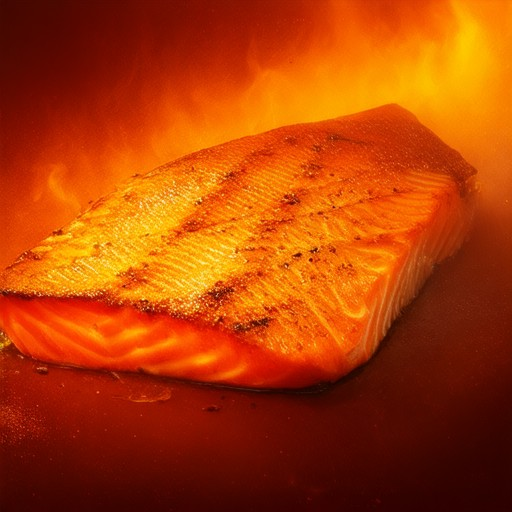
How Long Should You Grill Salmon in the Oven?
Grilling salmon in the oven can vary depending on several factors, including the thickness of the fish, your preferred cooking method, and your desired level of doneness. Below is a step-by-step guide to help you achieve perfectly grilled salmon every time.
Steps to Grilling Salmon in the Oven
- Preheat the Oven:** Preheat your oven to 425°F (220°C). This ensures consistent cooking and helps develop a golden brown crust on the outside of the salmon.
- Prepare the Salmon:** Rinse the salmon fillets under cold water and pat them dry with paper towels. Season generously with your favorite salmon seasoning blend or a simple mixture of salt, pepper, and lemon zest. For an extra touch, brush a light coat of olive oil or coconut oil on the skin side to help crisp it up.
- Place on a Baking Sheet:** Arrange the seasoned salmon skin-side down on a baking sheet or oven-safe dish. Make sure there’s enough space between the fillets to allow air circulation.
- Cook According to Thickness:**
- If your salmon is about 1 inch thick, bake it for 12-15 minutes . Check for doneness by poking the thickest part with a fork; it should flake easily but still remain firm.
- For thicker salmon (1.5-2 inches), extend the cooking time to 15-18 minutes .
- Check Internal Temperature:** Use a food thermometer to ensure the center reaches 145°F (63°C) for safe consumption. This is the recommended internal temperature for fish to prevent foodborne illness.
- Broil for Crispy Skin (Optional): If you want the skin to be extra crispy, switch the oven to broil for the last 2-3 minutes of cooking time, watching carefully to avoid burning.
Tips for Perfectly Grilled Salmon
- Don’t overcrowd the baking sheet; give the salmon space to cook evenly.
- Use a baking sheet with edges to catch any drips, especially if you’re broiling.
- Consider pairing your grilled salmon with sides like roasted vegetables or quinoa for a balanced meal.
By following these steps and tips, you’ll have perfectly cooked salmon every time. For more salmon recipe ideas and grilling tips, check out our complete collection of salmon recipes and our culinary guides .
Baking Salmon at 350°F vs. 400°F
When deciding whether to bake salmon at 350°F or 400°F, several factors come into play, including texture, cook time, and flavor retention.
- Temperature Impact: Baking at 400°F typically results in a quicker cook time, often leading to a crispier exterior and firmer texture. However, this may cause the fat to render more quickly, potentially drying out the flesh.
- Moisture Retention: Lower temperatures like 350°F allow for a gentler cooking process, which can help retain more moisture in the salmon, resulting in a softer, more tender texture.
- Cook Time Balance: Thicker salmon fillets may benefit from higher heat to ensure they cook through without becoming too tough, while thinner fillets can manage well at a lower temperature.
- Internal Temperature: Aim to reach an internal temperature of around 145°F to ensure safe consumption while preserving moisture and flavor.
Ultimately, the choice depends on personal preference. For a crisper skin and quicker meal, 400°F is suitable. For a moister, more tender result, consider baking at 350°F. Experiment with both temperatures to find what suits your taste best!
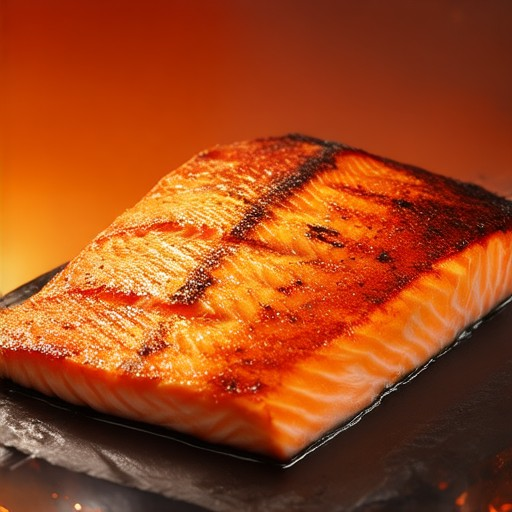
Is Salmon Better in the Oven or Grill?
Salmon can be equally delicious whether baked in the oven or grilled, depending on your preferences and circumstances. Here’s a breakdown of the differences:
- Oven Cooking:
- Advantages:
- Easy and low maintenance.
- Even cooking with consistent results.
- Tender and moist texture due to steam.
- Less risk of overcooking.
- Disadvantages:
- Might lack the smoky flavor from the grill.
- Requires close monitoring to prevent drying out.
- Advantages:
- Grilling:
- Advantages:
- Rich, smoky flavor with grill marks.
- Faster cooking time for smaller portions.
- Great for outdoor gatherings.
- Disadvantages:
- Requires skill to avoid burning.
- Can be messy with grill cleaner.
- Advantages:
Ultimately, the choice depends on your cooking setup, preferred flavor profile, and convenience. Both methods can yield excellent results with proper technique!
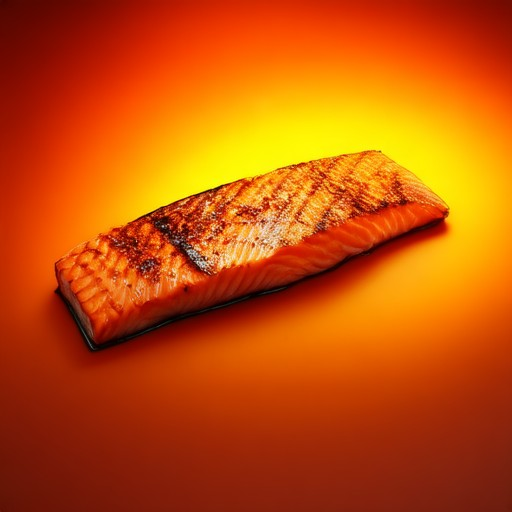
How Long Does It Take to Cook Salmon in the Oven?
Cooking salmon in the oven can vary depending on several factors, including the size and thickness of the salmon fillets, as well as your preferred cooking method (baking, broiling, or roasting). Here’s a general guide to help you determine the cooking time:
- Salmon Fillet Size and Thickness: The cooking time significantly depends on the size of your salmon pieces. Thicker fillets will take longer, while thinner ones may take around 15-20 minutes.
- Oven Temperature: Preheat your oven to the recommended temperature for salmon. Typically, 375°F (190°C) is ideal for baking or roasting salmon.
- Cooking Methods:
- Baking: For evenly cooked salmon, place the fillets on a baking sheet or tray. Bake at 375°F for about 18-25 minutes, checking for doneness by poking with a fork.
- Broiling: If you prefer a crispy skin, set your oven to broil at 425°F (220°C) after baking or roasting for an additional 2-4 minutes per side, watching closely to prevent overcooking.
- Roasting: Similar to baking, roasting salmon at 375°F for 18-25 minutes ensures a flaky and moist texture.
Tips for Perfectly Cooked Salmon:
- Check the internal temperature with a food thermometer, aiming for 145°F (63°C) for safe consumption.
- Use a baking sheet or line a baking dish with parchment paper to catch any juices.
- Season with your favorite herbs and spices for added flavor.
By following these guidelines, you can enjoy perfectly cooked salmon every time, whether you’re baking, broiling, or roasting.
Best Temperature for Oven-Grilled Salmon
To achieve the perfect texture and flavor, bake salmon at a temperature between 350°F (177°C) and 400°F (204°C). The exact temperature can be adjusted based on the thickness of your salmon fillets:
- Thickness and Temperature Relationship: Thicker fillets may benefit from a slightly lower temperature (around 350°F), while thinner fillets can be cooked at the higher end of the range (up to 400°F).
- Doneness Check: Use a meat thermometer to ensure the internal temperature reaches 145°F (63°C). This ensures safe consumption while retaining moisture and flavor.
- Cook Time: Most salmon fillets will cook evenly in about 15-20 minutes at these temperatures. thicker fillets may take a bit longer, so check periodically.
For optimal results, season your salmon generously before baking. Consider trying herbs, spices, or a simple lemon-dill rub to enhance the flavor profile.
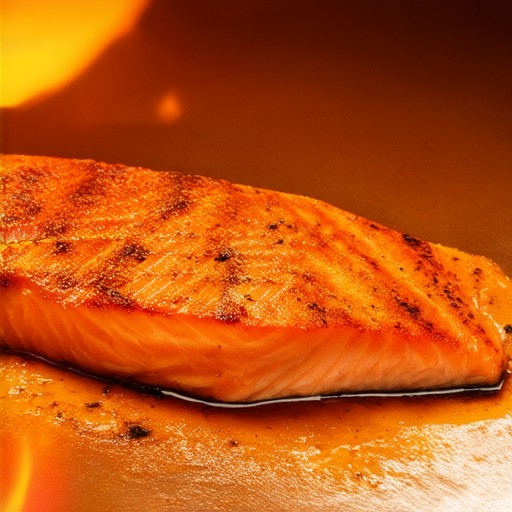
Best Temperature for Oven-Grilled Salmon
For perfectly oven-grilled salmon, aim to cook at a temperature between 350°F and 400°F. The exact temperature may vary based on the thickness of your salmon fillets. Use a meat thermometer to check doneness after about 15-20 minutes; the internal temperature should reach around 145°F for safe consumption. This method ensures juicy, flavorful salmon every time.
Thicker fillets may require a slightly lower temperature, around 350°F, while thinner fillets can be cooked at the higher end of the range, up to 400°F. Always check the internal temperature with a meat thermometer to ensure your salmon is cooked to your liking without overcooking it.
Cooking time will also vary depending on the thickness of your fillets. Thicker fillets may take about 20-25 minutes, while thinner fillets can be ready in 15-18 minutes. Adjust the cooking time accordingly to get the best results for your salmon.
For an extra crispy skin and flavorful texture, consider using a baking sheet or a grill pan. Preheat the pan before placing the salmon skin side down, and let it cook until it releases easily from the pan.
Remember, the best temperature for oven-grilled salmon is flexible and can be adjusted to suit your preferences. Whether you prefer your salmon medium-rare or well-done, monitoring the internal temperature is key to achieving a perfectly cooked meal.
Looking for more seafood cooking tips? Check out [Competitor Name](https://competername.com/) for additional guides and recipes to enhance your seafood dining experience.

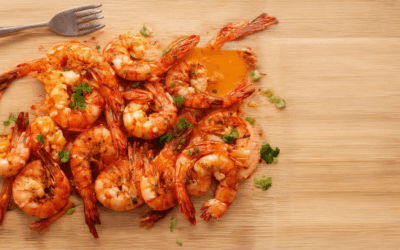
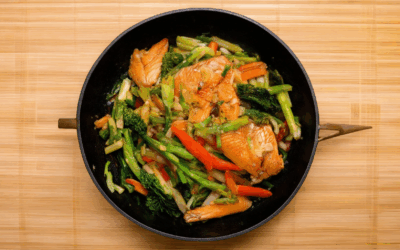
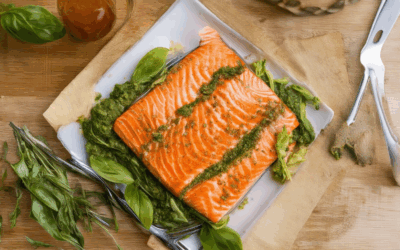
0 Comments